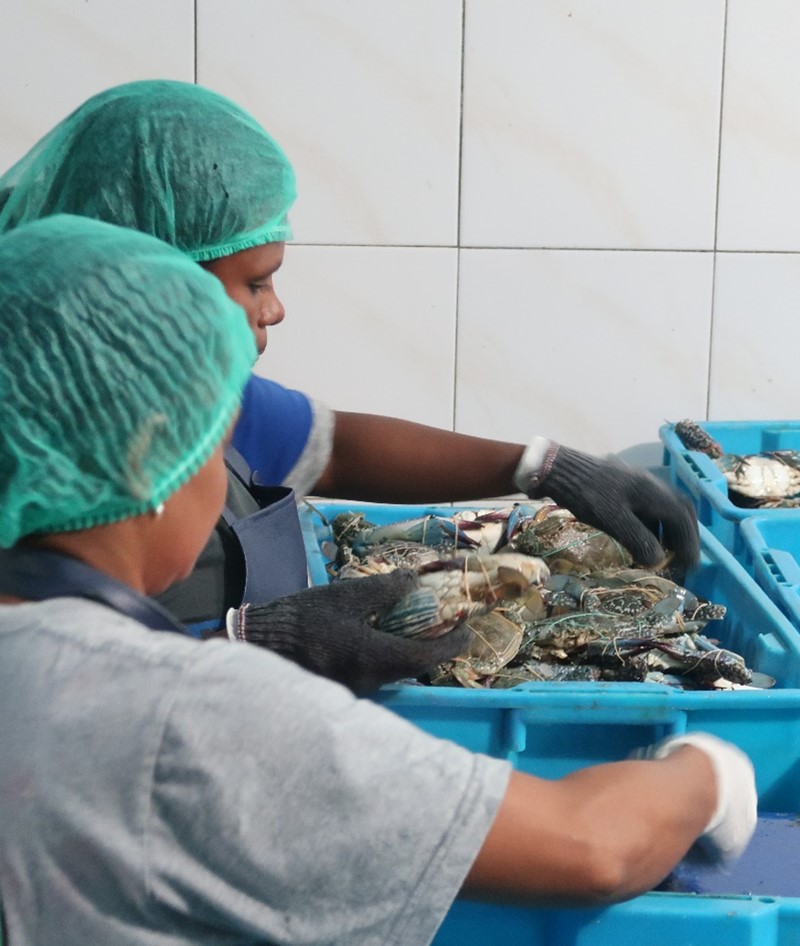Traceability is a tool to ensure traded fish come from legal fishing activities and healthy, sustainable stocks with quality assurance. In global trade, traceability processes are a fundamental requirement applied by Regional Fisheries Management Organisations (RFMOs) and countries importing fishery products. In fishery industries such as the tuna trade, RFMOs require documentation of catches for the tuna trade through the Catch Documentation Scheme (CDS), Indian Ocean Tuna Commission (IOTC) Big Eye Statistical Document and the International Commission for the Conservation of Atlantic Tunas (ICCAT) Swordfish.
STELINA is an acronym used to describe Indonesia’s national fish traceability and logistics system (Sistem Ketelusuran dan Logistik Ikan Nasional) – an integrated electronic system developed by the Ministry of Marine Affairs and Fisheries (MMAF) under Ministry Regulation PERMENKP No. 29/2021. The system has been established to track and trace information supply chains from pre-production through to production, distribution, processing and marketing.
From 6-8 September 2022, the Directorate General of Marine and Fisheries Product Competitiveness (Ditjen PDSPKP), with support from the ATSEA-2 Project, held a workshop on STELINA socialisation at the fisheries processing unit (UPI) in Dobo, located in the Aru Islands Regency of Maluku in Indonesia. This three-day workshop was attended by a total of 38 people, representing 13 UPI, along with two fishermen’s groups and various local stakeholders from the fisheries and marine sector. Various speakers participated in the workshop, such as Mr. Harlin, the Mapping and Monitoring Group Coordinator of Ditjen PDSPKP; Mr. A.L.O Tabela, Head of Aru Archipelago Fisheries Agency; and two trainers from Ditjen PDSPKP.

Aru archipelago has great fisheries resources to develop its sustainability, but the catch data records that we get are not well-documented,” said A.L.O Tabela, Head of the Fisheries Agency of Aru Archipelago regency, Maluku, in his opening remarks for STELINA socialisation on 6 September 2022 in Dobo. According to his organisation, Aru produced more than 39,000 tonnes of fisheries products in 2021 – a decline compared to 2020 (55,590 tonnes). However, it is believed that the actual amount produced is bigger than what has been reported to date.
On the first day of the workshop, Mr. Harlin presented the background of STELINA, its importance to Indonesia’s fisheries sector and benefits for the fisheries processing unit. “STELINA will improve product competitiveness in worldwide markets as well as the availability of STELINA processing reports (LSP) as traceability documents required by exporters, in this case, the UPI itself,” said Mr. Harlin.
On the second day, participants visited one of the UPI offices to perform data input in real time, as fish were unloaded from the fleet. During the workshop, the UPI members were also trained to input daily catch and processing data to the STELINA website and tested it directly at one of the UPI’s offices.
On the third day of the workshop, PDSPKP MMAF, ATSEA-2 and a fisheries facilitator officer held an internal discussion to develop a roadmap for the implementation of STELINA by UPI and with direct supervision and facilitation from the ATSEA-2 Project. This step was intended to strengthen and support better fisheries data collection, linked to traceability and trade.
As importing countries, European Union members require a catch certificate (Sertifikat Hasil Tangkapan Ikan/SHTI) for all imported fishery products. Indonesia itself has implemented these requirements since 2010, by making regulations and assigning validation officers to designated fishing ports. Meanwhile, the United States Government, through its National Oceanic and Atmospheric Administration (NOAA), has announced that it has set regulations on importing seafood products through the Seafood Import Monitoring Program (SIMP) policy. SIMP is a traceability program that stipulates requirements for importers related to licensing, data reporting and recordkeeping for the importation of priority fish and fishery products (formerly called at-risk species) that have been identified as being related to Illegal, Unreported and Unregulated (IUU) fishing and seafood fraud. This also presents an opportunity for the MMAF to improve its own traceability system. STELINA offers a valuable way to connect with a traceability information system and partner countries for exporting Indonesian fishery products.
The initiative aligns with the ATSEA-2 Project implementation on improving Large Marine Ecosystems (LME) and their capacity to sustain, provision, regulate and support ecosystem services. The Project has been working to improve quality of life for people in the Arafura and Timor Seas (ATS) region through a combination of restoration, conservation and sustainable management of marine-coastal ecosystems. ATSEA-2 is committed to safeguarding the livelihoods and prosperity of coastal people, particularly in its transboundary areas, through the implementation of sustainable integrated concepts.
(By Sila Kartika Sari)


